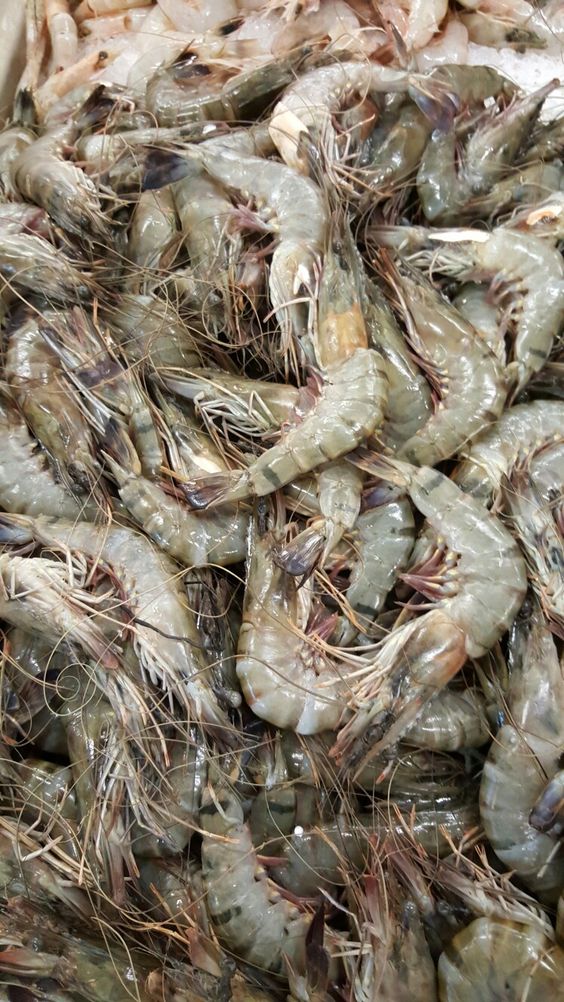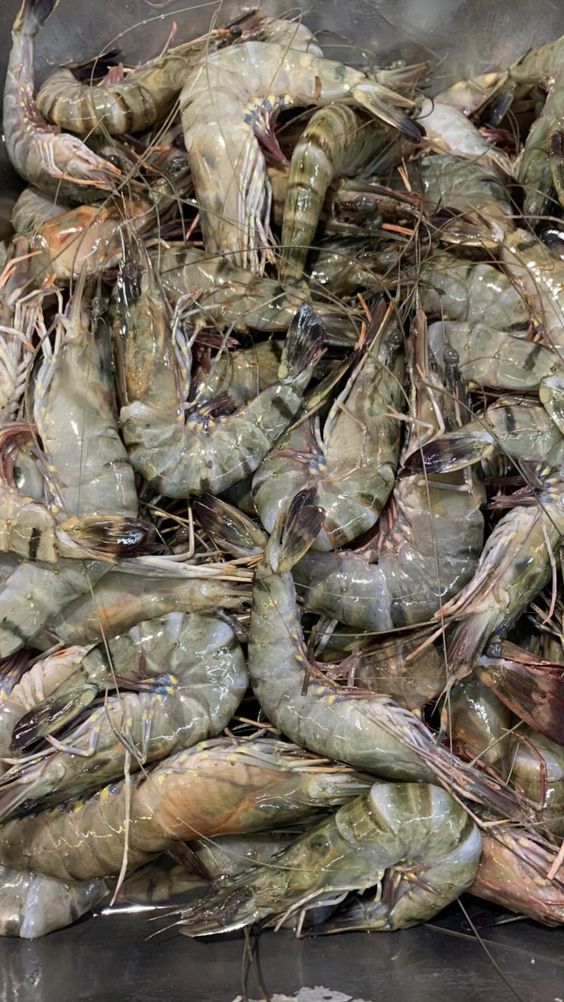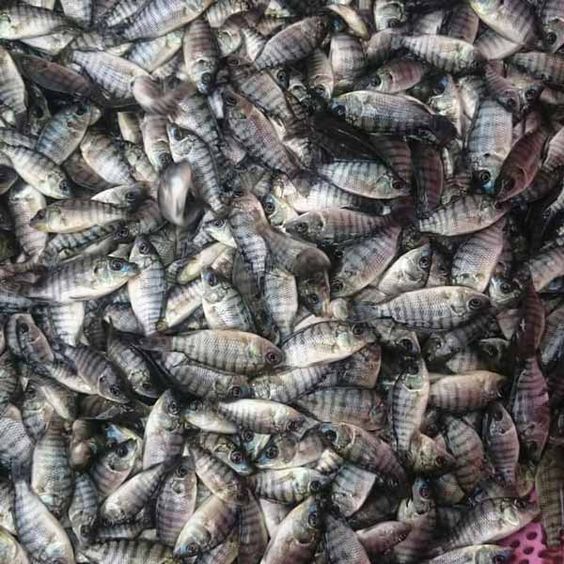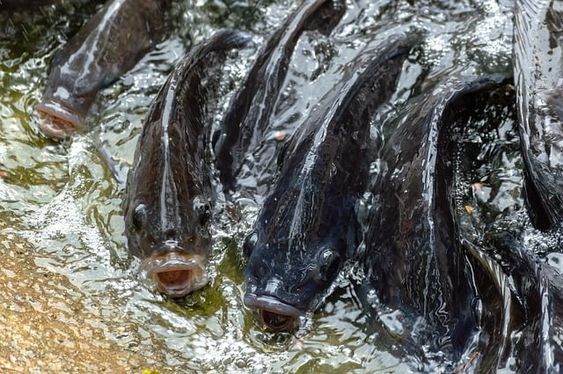Unveiling the Complexities of the Shrimp Supply Chain : The Journey of a Shrimp
Shrimp Supply Chain, a popular and versatile seafood, graces tables worldwide. But before reaching your plate, it embarks on a journey through a complex supply chain – a network of interconnected activities that bring shrimp from source to consumer. Let’s delve into the intricate world of the shrimp supply chain, exploring its stages, key players, and emerging challenges.
Contents
- 1 From Seed to Sea: The Beginnings of the Shrimp Journey
- 2 The Nurturing Grounds: Inside Shrimp Farming
- 3 Processing and Distribution: Adding Value
- 4 The Trading Game: Getting Shrimp to Market
- 5 The Final Stop: Reaching Your Plate
- 6 Sustainability Concerns and Emerging Challenges
- 7 The Future of Shrimp: Towards a Sustainable and Ethical Industry
- 8 Conclusion: Shrimp Supply Chain
From Seed to Sea: The Beginnings of the Shrimp Journey
The shrimp supply chain starts with two primary sources: wild-caught and farm-raised shrimp.
- Wild-Caught Shrimp: Fishing vessels capture shrimp in oceans and seas. Sustainability concerns surround wild-caught shrimp, with practices like overfishing impacting ecosystems. Certifications like the Marine Stewardship Council (MSC) help identify shrimp caught using sustainable methods.
- Farm-Raised Shrimp: Hatcheries play a crucial role, breeding shrimp from broodstock. These juvenile shrimp are then transported to farms for rearing. Shrimp farming, also known as aquaculture, has revolutionized shrimp production, meeting the growing global demand.
The Nurturing Grounds: Inside Shrimp Farming
Shrimp Supply Chain farms come in various sizes and employ different techniques. However, the core stages involved are:
- Pond Preparation: Ponds undergo rigorous preparation, involving water treatment, soil quality checks, and ensuring proper salinity levels.
- Stocking: Juvenile shrimp, called post-larvae (PL), are carefully introduced into the ponds at the optimal density.
- Shrimp Rearing: Farmers meticulously manage water quality, feed the shrimp with formulated diets, and monitor their health for optimal growth.
- Harvesting: Once reaching market size, typically within 3-6 months, shrimp are harvested using nets or seines.
Processing and Distribution: Adding Value
Shrimp Supply Chain After harvest, shrimp undergo processing to prepare them for market:
- Sorting and Grading: Shrimp are sorted by size, quality, and species.
- Washing and Cleaning: Shrimp are thoroughly cleaned to remove impurities.
- Cooking and Peeling: Some processors cook and peel shrimp for convenience.
- Freezing: Most shrimp are frozen for preservation and extended shelf life.
- Packing: Shrimp are packed in various forms – whole, headless, shell-on, or peeled – depending on market needs.
The Trading Game: Getting Shrimp to Market
Processed Shrimp Supply Chain enter the complex world of trade:
- Processors: They may sell directly to exporters, wholesalers, or retailers.
- Exporters and Importers: Countries with a surplus of shrimp export it, while others import to meet their demand. The United States, European Union, and Japan are major shrimp importers.
- Wholesalers: They buy shrimp in bulk from processors or exporters and distribute them to retailers and food service companies.
- Retailers: Supermarkets, grocery stores, and seafood shops sell shrimp directly to consumers.
- Food Service: Restaurants and other food service providers purchase shrimp for their menus.
The Final Stop: Reaching Your Plate
Shrimp Supply Chain finally reaches consumers through various channels:
- Retail: Consumers purchase fresh, frozen, or pre-cooked shrimp from supermarkets and seafood stores.
- Food Service: Restaurants prepare shrimp dishes for their customers.
- Direct to Consumer: Some shrimp producers may sell directly to consumers through online platforms or specialty stores.
Sustainability Concerns and Emerging Challenges
The shrimp supply chain faces growing scrutiny regarding its environmental and social impact. Here are some key challenges:
- Environmental Impact: Shrimp farming can contribute to mangrove deforestation, water pollution from excess nutrients, and antibiotic use. Sustainable practices like responsible pond management and biofloc technology are gaining traction.
- Labor Issues: Concerns exist about fair labor practices in some shrimp-producing countries. Ethical certifications can help ensure workers’ rights are upheld.
- Traceability: Knowing the origin and farming practices becomes challenging in a complex global supply chain. Blockchain technology offers potential for improved traceability.
The Future of Shrimp: Towards a Sustainable and Ethical Industry
The shrimp supply chain is constantly evolving, aiming for greater sustainability and ethical practices. Here are some promising trends:
- Certification Programs: Certifications like the Aquaculture Stewardship Council (ASC) and Best Aquaculture Practices (BAP) promote responsible shrimp farming.
- Technological Advancements: Technologies like biofloc technology and recirculating aquaculture systems (RAS) can reduce water usage and environmental impact.
- Consumer Awareness: Consumers are increasingly demanding ethically sourced and sustainable seafood, driving change in the industry.
Conclusion: Shrimp Supply Chain
The shrimp supply chain is a complex dance between economic factors, environmental sustainability, and social responsibility. By understanding its intricacies and supporting responsible practices, consumers can be part of the solution in ensuring a healthy and ethical shrimp industry for the future.






